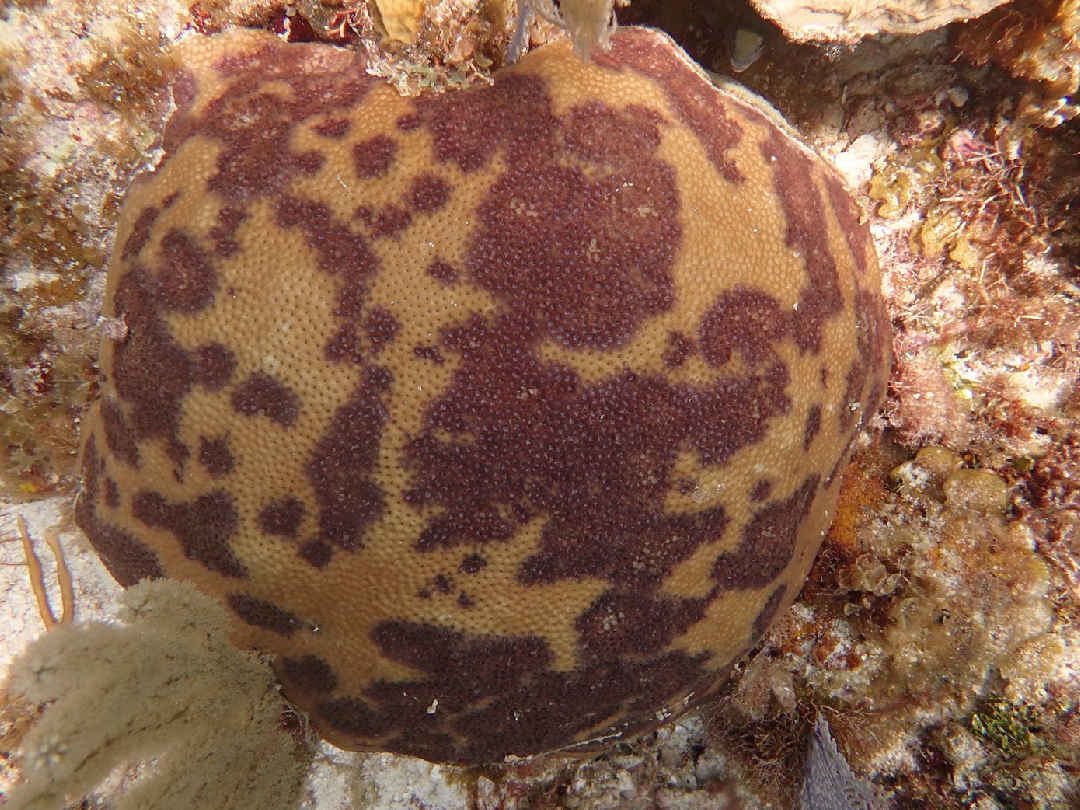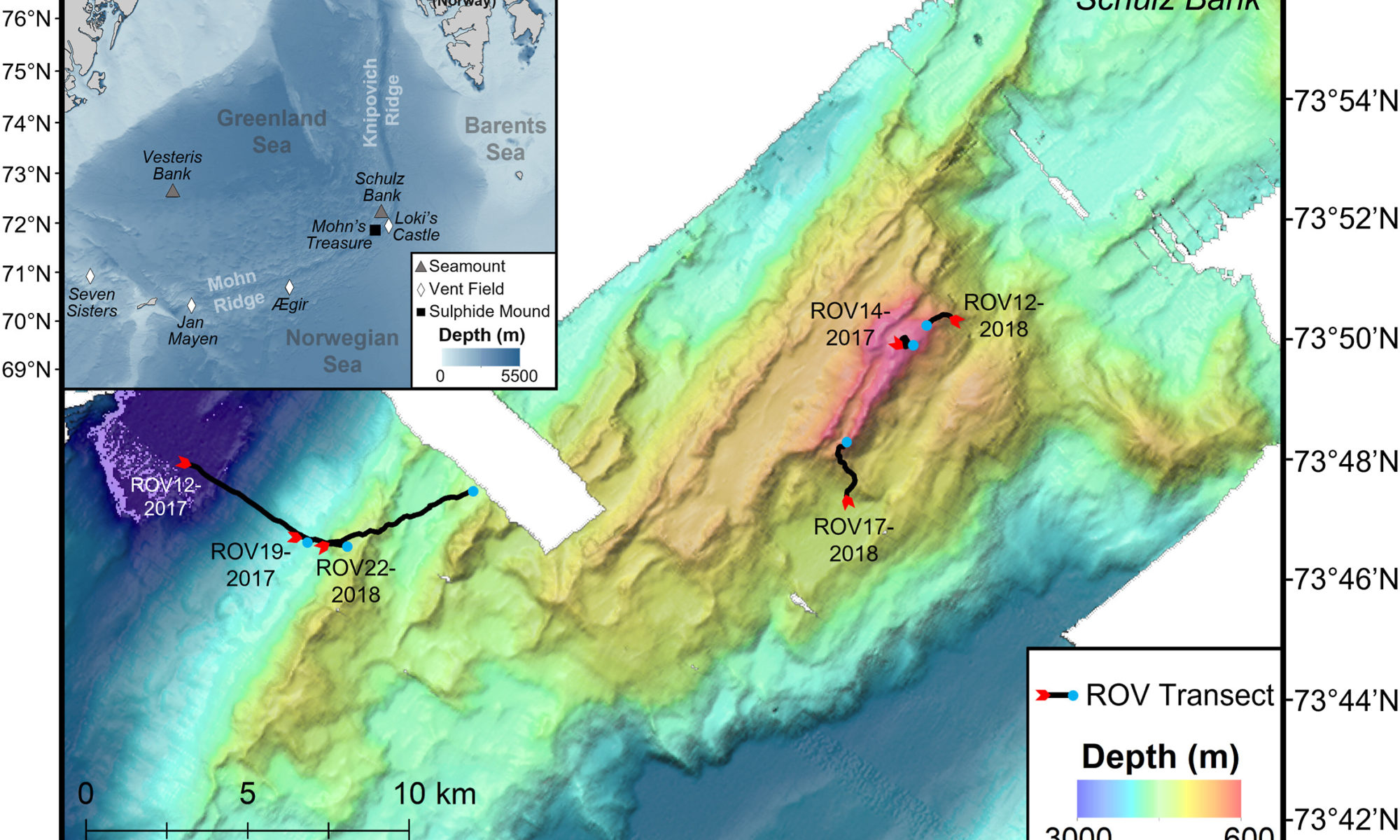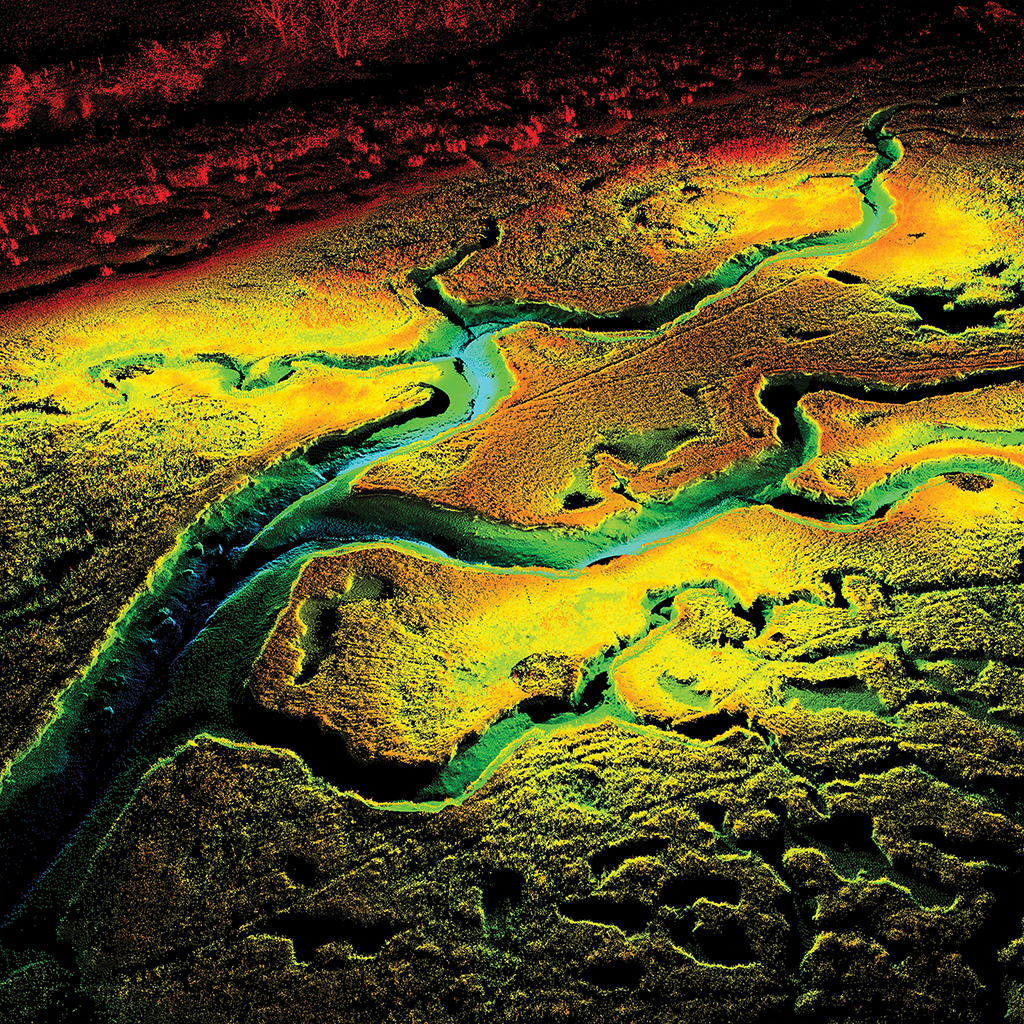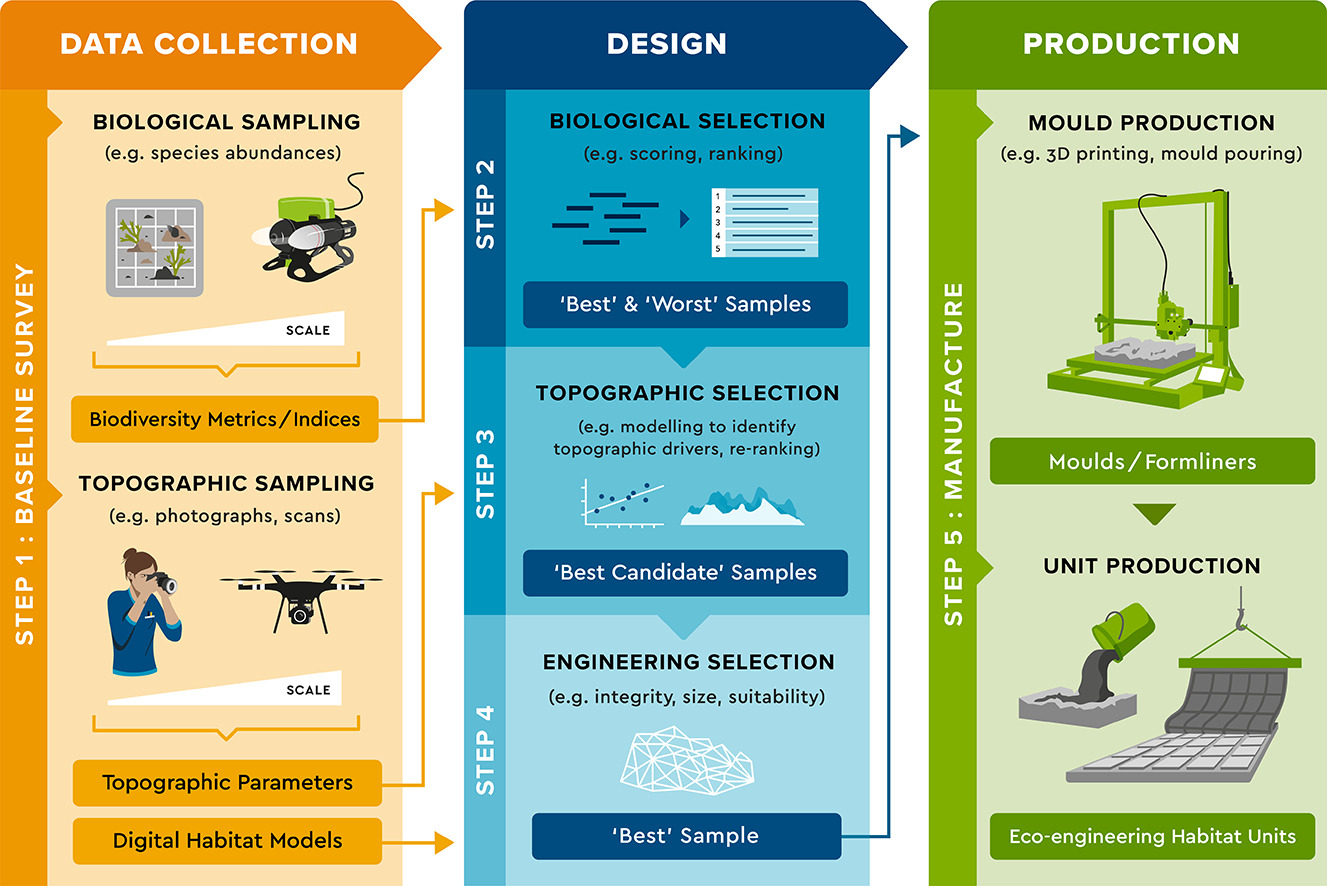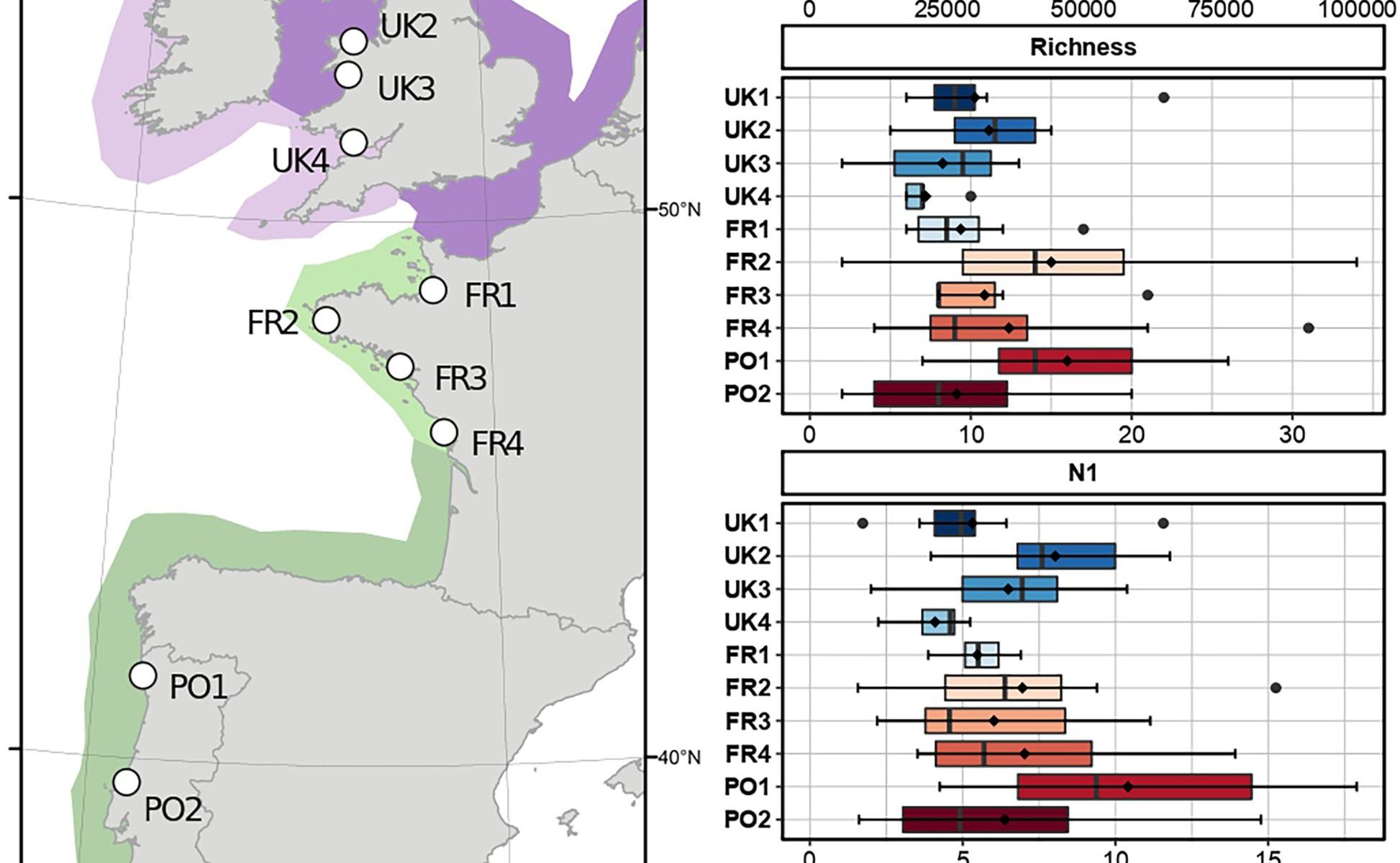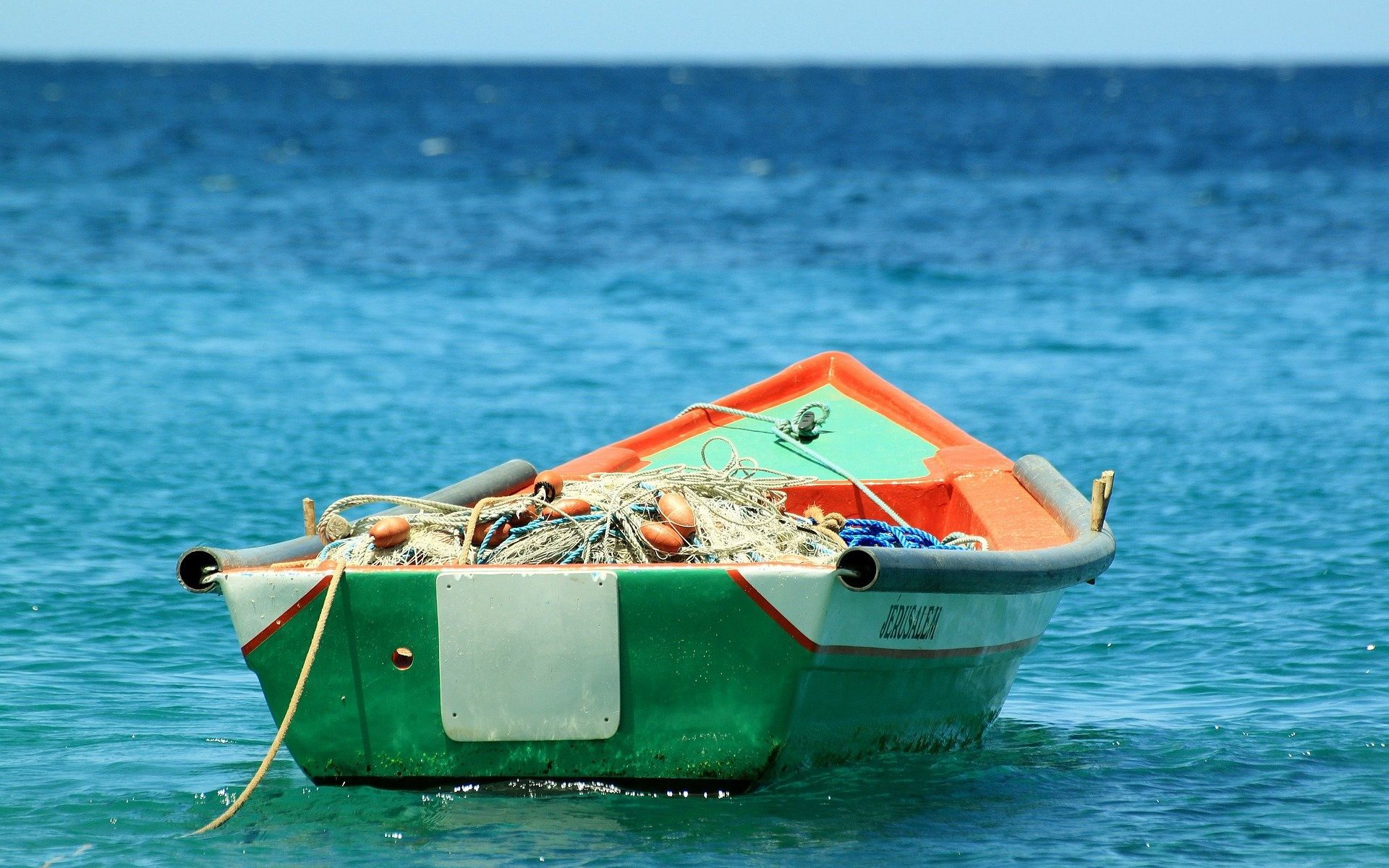Connectivity and adaptation patterns of the deep-sea ground-forming sponge Geodia hentscheli across its entire distribution
Taboada S, Díez-Vives C, Turon M, Arias MB, Galià-Camps C, Cárdenas P, Koutsouveli V, de Carvalho FC, Kenchington E, Davies AJ, Wang S, Martín-Huete M, Roberts EM, Xavier JR, Combosch D, Riesgo Aing CC
Geodia hentscheli, a species forming sponge grounds in the North Atlantic and Arctic Oceans, is a common deep-sea organism, playing a fundamental role forming biogenic habitats. However, there is little information about gene flow and adaptation patterns of this species, which is crucial to develop effective management/conservation plans under current global change scenarios. Here, we generated ddRADseq data from 110 specimens of G. hentscheli, together with microbial profiling, transcriptomics and metatranscriptomics for a selection of specimens to investigate their genetic diversity, molecular connectivity and local adaptations. Sampling covered the species’ entire distribution within a wide bathymetric range. We obtained 1,115 neutral SNPs and identified long distance genetic connectivity among regions separated 1,000s of km, but strong genetic structure segregating populations by depth at ca. 1,300 m, in line with our microbial analyses. Coalescent analyses inferred the split of these depth-related genetic entities ∼10 KYA, coincident with the last post-glacial maximum. Analyses of SNPs under selection, combined with transcriptomic and metatranscriptomic data highlight the presence of several sponge genes and microbial metabolic pathways involved in adaptation to depth, including heat shock proteins and fatty acids, amongst others. The physiological plasticity of the sponge and its microbiome as a function of depth suggest the existence of a host-microbiome metabolic compensation for G. hentscheli. This study provides a multiscale paradigmatic example of the Depth Differentiation Hypothesis, a phenomenon mainly caused by changes in environmental conditions at different depths, mainly related to the presence of water masses with different characteristics, that drive local adaptations.
Full Citation
Taboada S, Díez-Vives C, Turon M, Arias MB, Galià-Camps C, Cárdenas P, Koutsouveli V, de Carvalho FC, Kenchington E, Davies AJ, Wang S, Martín-Huete M, Roberts EM, Xavier JR, Combosch D, Riesgo A (2025) Connectivity and adaptation patterns of the deep-sea ground-forming sponge Geodia hentscheli across its entire distribution. Molecular Biology and Evolution



